An emergency garden is a fast-growing and low-maintenance garden. As its name suggests, it can provide enough food, so that we can survive without outside sustenance if necessary. Moreover, by creating an emergency garden, we can pay extra attention to things like calories and nutrition, ecological health, seed saving, and food preservation.
There is a wide range of options for you to start, from vertical gardens in apartments to sprawling backyard gardens. And if you are looking for both nutritious and fastest-growing vegetables to plant in your emergency garden, start with the following greens.
#1. Beans

Beans have a good source of fiber, protein, folate, and iron. They can be grown in both bush or pole forms. It takes 50-60 days to harvest bush beans and 60-85 days for pole beans.
#2. Corn

Corn can be boiled, grilled, or roasted as a side dish or in salads. They are ready to harvest when kernels are plump and release milky fluid when punctured.
#3. Squash
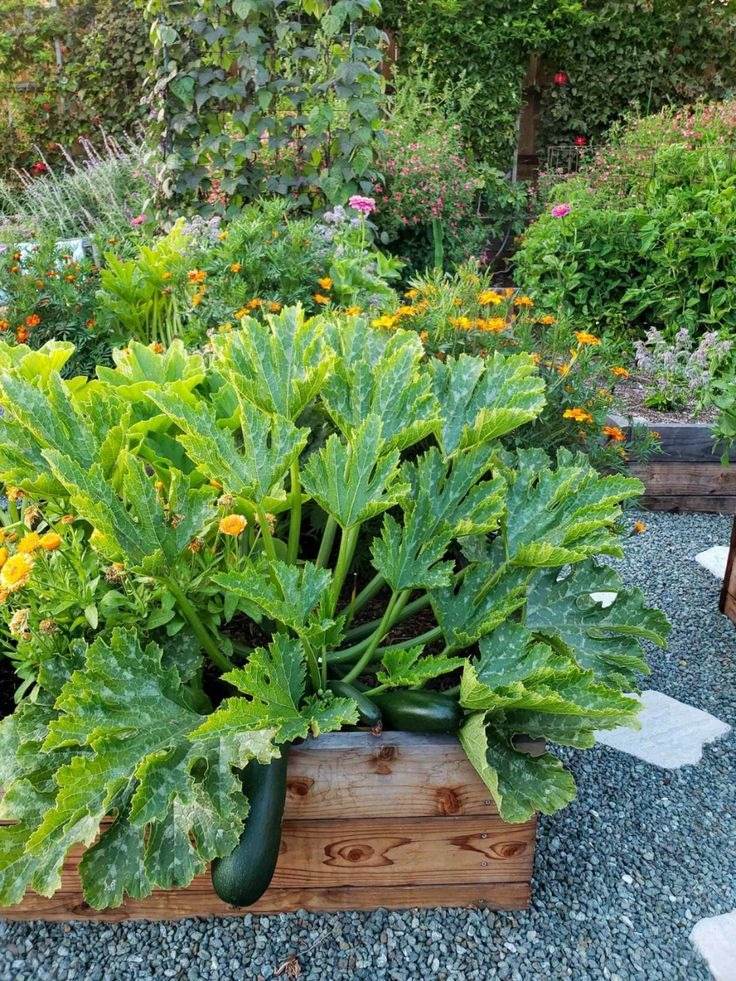
In your end-of-the-world garden, winter and summer squash are both excellent choices. Summer squash grows quickly and provide immediate meals. Winter squash, in comparison, takes longer to grow but may be stored for a significantly longer time if maintained whole and undamaged.
#4. Cabbage

While not very high in calories, cabbage is a powerhouse of nutrients. It is a good source of fiber and the vitamins B6 and C. It’s a terrific option whether it’s cooked or served raw in salads and coleslaws.
#5. Potatoes
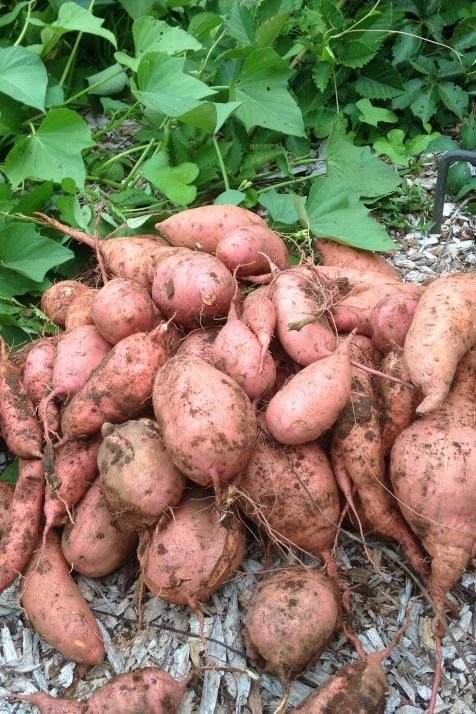
People have used potatoes to survive famines all around the world. Another big bonus is how simple it is to develop this starchy root crop. To harvest them, wait until plants have flowered, then dig up tubers when foliage begins to yellow.
#6. Kale
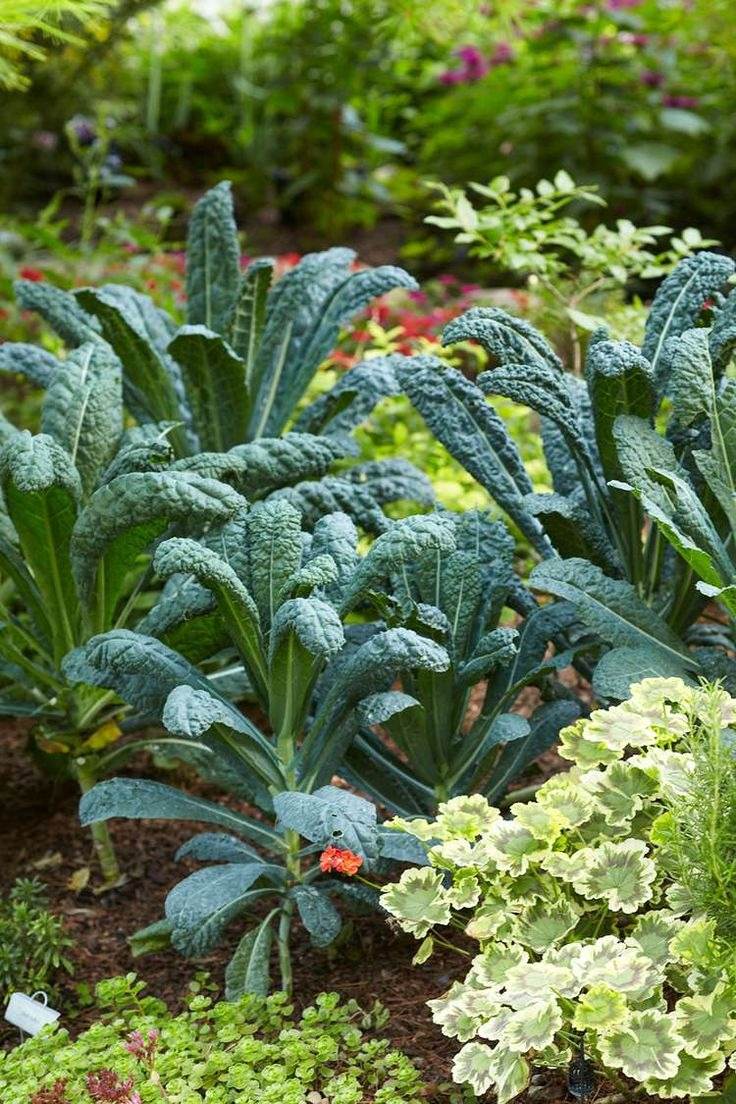
Kale can be grown year-round. It can withstand very cold temperatures and frequently tastes better after a frost. Although regular watering will lessen the bitter flavor, it may grow more bitter during hot summers.
#7. Onions
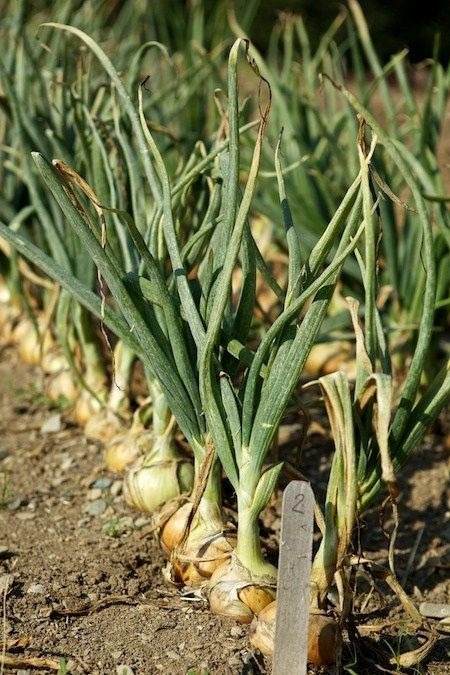
Onions add flavor to virtually every dish. They can easily be grown from sets and harvested all season long.
#8. Tomatoes
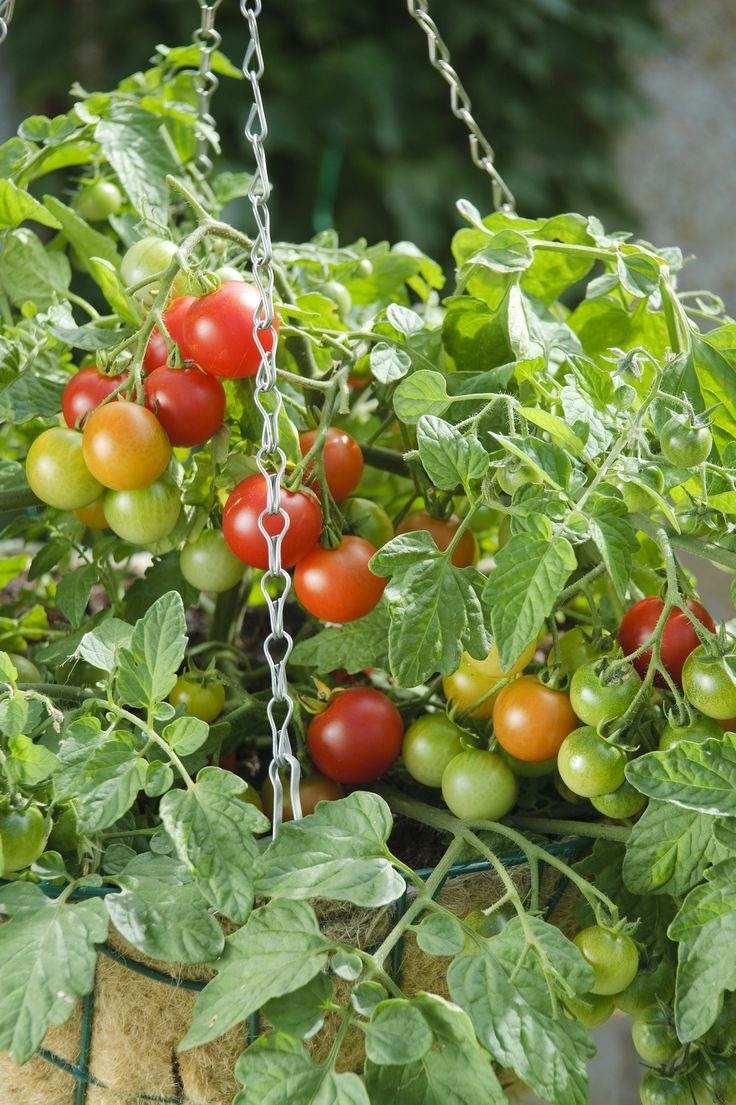
A popular fruit, tomatoes are in everything from soups and stews to ketchup. These plants are easy to grow and ripen on the vine, and best of all they taste great both fresh or preserved. Thus, they deserve a place in your survival garden, too.
#9. Spinach

If you don’t have much garden space, pick one that grows quickly like spinach. Depending on the type and weather, spinach usually takes 35 to 45 days to mature before harvest.
#10. Turnips
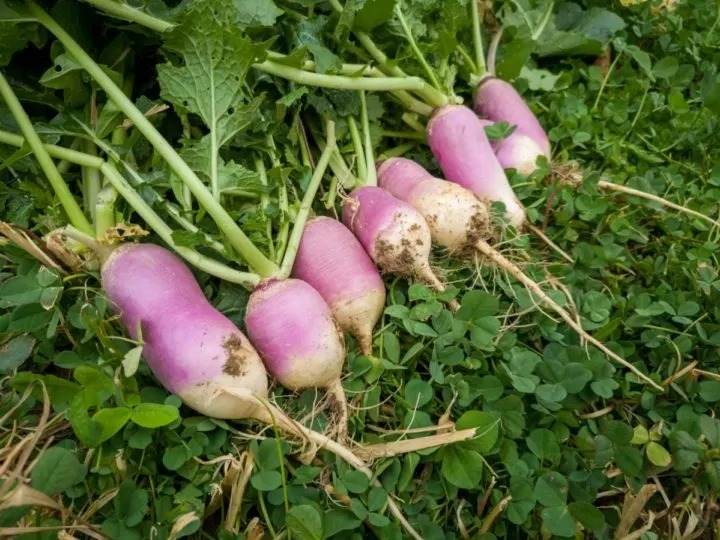
Turnips are low in calories, but high in vitamins C and K, and a good source of fiber. Plus, turnips can be harvested from spring, into summer and late fall.
#11. Peas
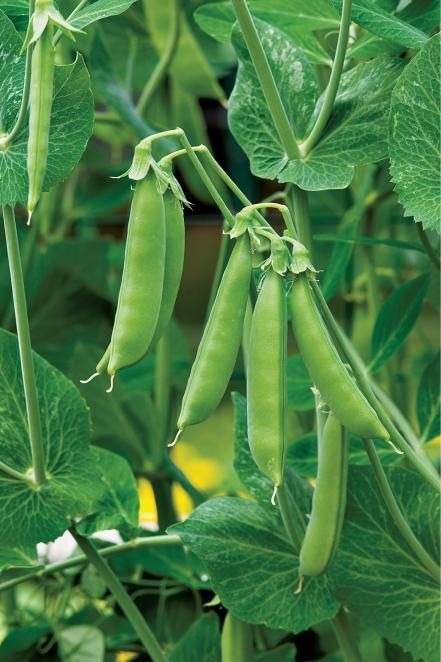
Both shelling peas and edible-podded peas are excellent choices for your garden. If you cultivate snow peas or sugar snap peas, you may freeze them to add crisp sweetness to your stir-fries and salads.
#12. Beet

The vitamin C in beet greens is a great source for boosting immunity. Additionally, beet greens contain enough amounts of iron, another nutrient that is good for your health. They’re versatile and can be roasted, boiled, steamed, or eaten raw in salads.
#13. Carrots
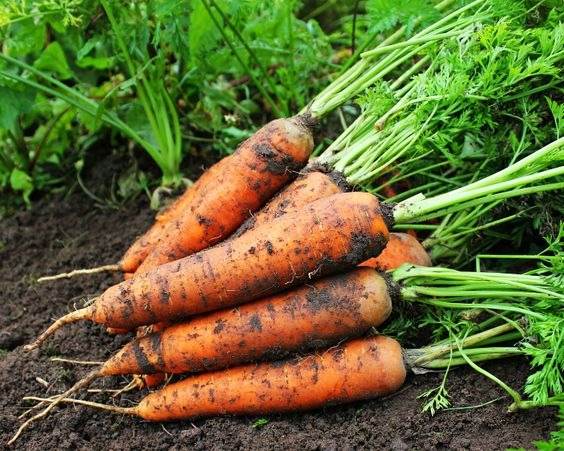
Your gardening efforts will benefit greatly from the addition of carrots. Being rich in beta-carotene, vitamins A and K, and a good source of fiber, they are both sweet and crispy and work well in both meals and snacks.
#14. Berries
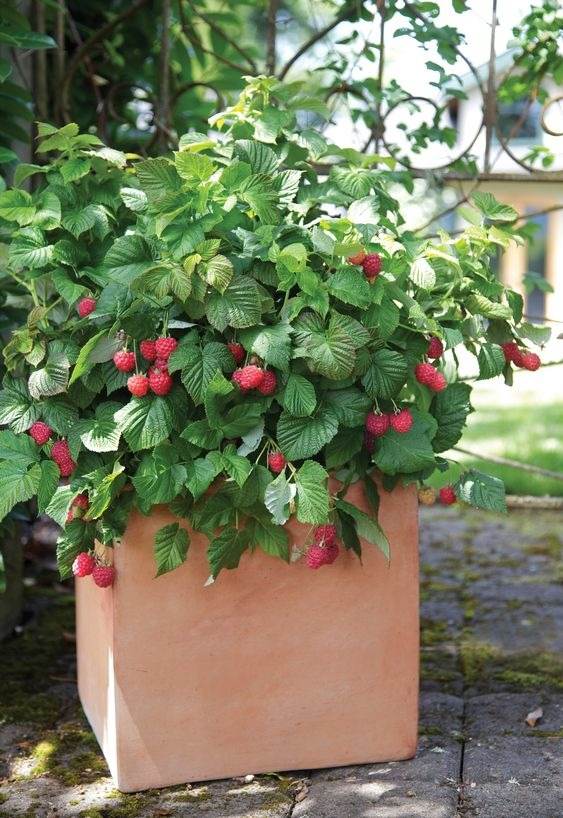
Fruits for desserts deserve a place on this list, too. In addition to providing us with sweet fruitiness, it is a great source of supplementary nutrients.
#15. Pepper

Peppeps add color and flavor to different salads and cooked dishes. You can make dried chili powder or freeze bell peppers or jalapenos.
#16. Melon

Without melons, summer simply isn’t summer. These vines produce a ton and thrive in the garden from late spring to early fall.
As your project progresses, keep an eye out for what functions well and what doesn’t so you can change and make improvements in the future. And don’t be hesitant to share with us which plant grows well, and what challenges you come across.
